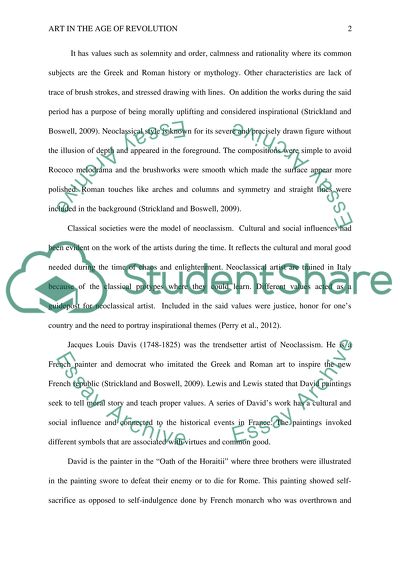Cite this document
(“Art in the Age of Revolution: In Depth Analysis of Jacques Louis David Essay”, n.d.)
Retrieved from https://studentshare.org/visual-arts-film-studies/1453095-art-in-the-age-of-revolution-in-depth-analysis-of-jacques-louis-david-works
Retrieved from https://studentshare.org/visual-arts-film-studies/1453095-art-in-the-age-of-revolution-in-depth-analysis-of-jacques-louis-david-works
(Art in the Age of Revolution: In Depth Analysis of Jacques Louis David Essay)
https://studentshare.org/visual-arts-film-studies/1453095-art-in-the-age-of-revolution-in-depth-analysis-of-jacques-louis-david-works.
https://studentshare.org/visual-arts-film-studies/1453095-art-in-the-age-of-revolution-in-depth-analysis-of-jacques-louis-david-works.
“Art in the Age of Revolution: In Depth Analysis of Jacques Louis David Essay”, n.d. https://studentshare.org/visual-arts-film-studies/1453095-art-in-the-age-of-revolution-in-depth-analysis-of-jacques-louis-david-works.


